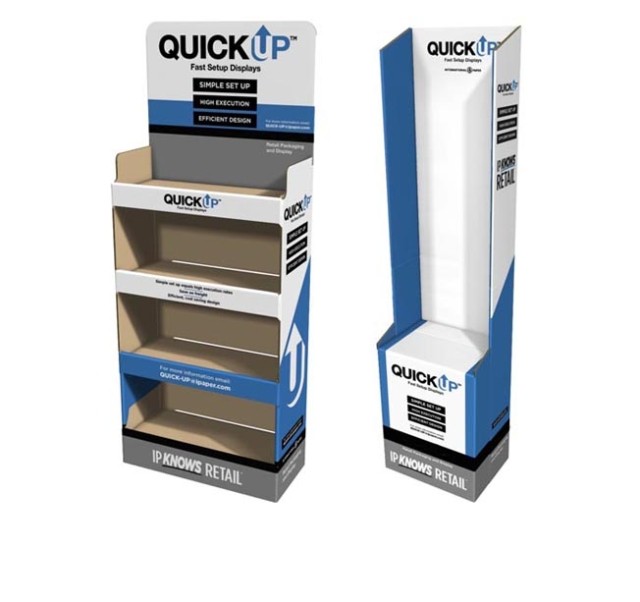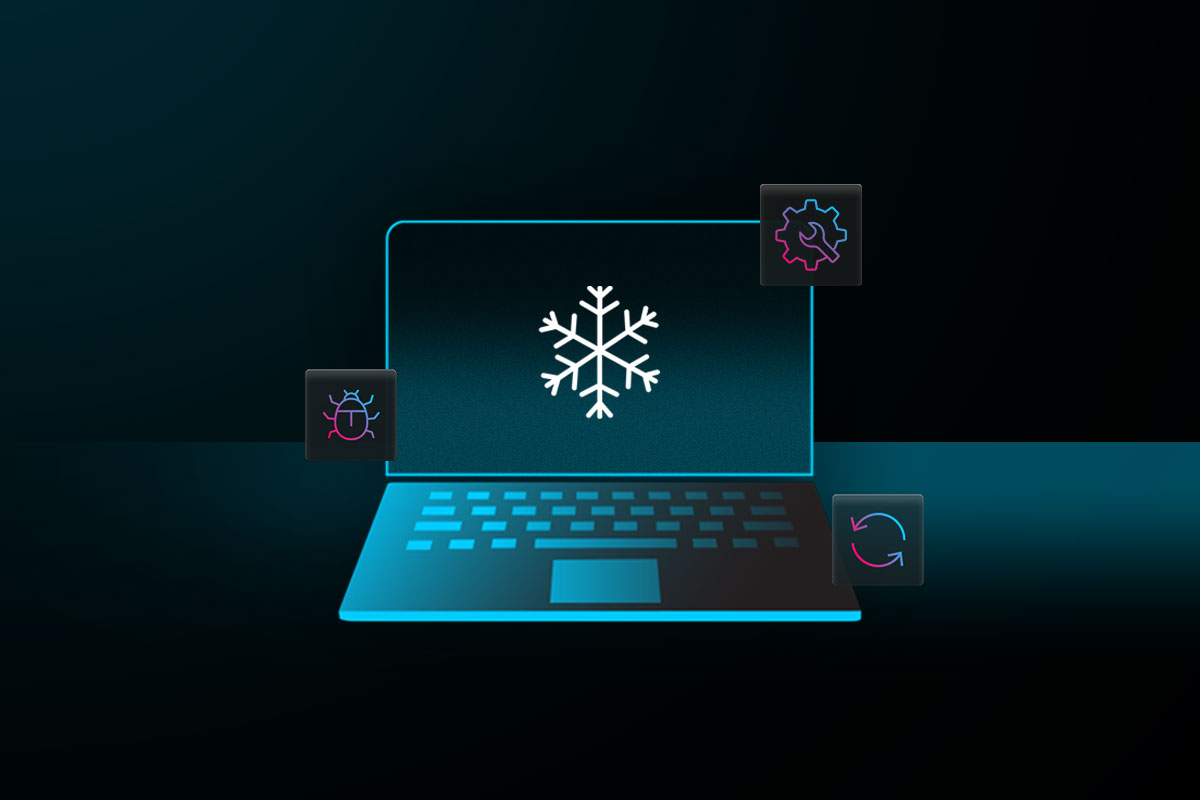Did you know that the first electronic trading platform was created in the 1970s and could barely process a handful of trades per minute? Fast forward to today, and setting up a day trading platform is a crucial step for success in the fast-paced world of trading. This article will guide you through selecting the right trading platform, identifying essential features, and opening an account. You'll learn how to connect your brokerage, install software, and configure charting tools for quick decision-making. Additionally, we’ll cover risk management, automation, security measures, and how to test your platform before diving into live trades. With tips on managing multiple screens and avoiding common mistakes, this comprehensive guide from DayTradingBusiness will ensure you're well-prepared to navigate the trading landscape efficiently.
How do I choose the right trading platform for day trading?
Choose a trading platform with real-time data, fast order execution, and low commissions. Look for user-friendly interfaces, reliable analytics tools, and strong security. Ensure it supports the assets you want to trade, like stocks or forex. Test demo accounts to see if the platform matches your trading style. Prioritize platforms with good customer support and positive reviews from day traders.
What are the essential features to look for in a day trading platform?
Look for real-time market data, fast order execution, and a user-friendly interface. Ensure it offers advanced charting tools, customizable layouts, and reliable technical analysis features. Check for low commissions and fees, seamless order types, and solid security. Mobile access and integration with your preferred brokerage are also key.
How do I open an account on a trading platform?
Go to the trading platform's website or app store, download the app if needed. Fill out the registration form with your personal info—name, email, phone number. Verify your identity by submitting ID and proof of address. Link your bank account for deposits. Set up your login credentials and security questions. Once approved, log in and customize your trading workspace.
How can I connect my brokerage account to the trading platform?
Link your brokerage account to the trading platform by logging in, navigating to the account connections or integrations section, and selecting your brokerage from the list. Enter your brokerage login credentials if prompted, then authorize the connection. Some platforms also offer direct API or OAuth options for secure linking. Once connected, verify the account shows up correctly in your trading dashboard.
What are the steps to install and set up trading software?
Download the trading software from the official website or app store. Create an account with your broker and verify your identity. Log in to the platform, then fund your trading account with your preferred payment method. Configure your workspace: customize charts, tools, and layouts. Connect your trading account to the platform if needed. Set up security features like two-factor authentication. Practice with a demo account to familiarize yourself with the interface. Once ready, switch to live trading and monitor your trades actively.
How do I configure charting and technical analysis tools?
Open your trading platform, go to the settings or tools menu. Select the charting section and choose your preferred chart types (candlestick, line, bar). Add technical indicators like RSI, MACD, or moving averages from the indicator menu. Customize timeframes—1-minute, 5-minute, daily—to match your trading style. Save your layout to keep your charts and tools ready for quick analysis.
How can I customize the trading interface for quick decisions?
Customize your trading interface by adding favorite stocks and charts to quick access panels. Use hotkeys or keyboard shortcuts for rapid order placement. Arrange your workspace with multiple monitor setups for real-time data and news feeds. Adjust chart layouts and indicators to match your trading style. Save your preferred layouts so you can switch quickly during volatile markets. Enable notifications for price alerts to stay informed without delays.
What are the best settings for fast order execution?

Use a fast, reliable internet connection and set your trading platform to execute orders immediately with market order type. Disable any order confirmation prompts to avoid delays. Enable direct market access if available. Adjust order timeout settings to the shortest acceptable duration. Keep your platform updated and minimize background processes. Use a VPS if high-speed execution is critical.
How do I set up risk management tools on my platform?
To set up risk management tools on your day trading platform, locate the risk management or order settings menu. Enable stop-loss and take-profit orders for each trade to limit potential losses and lock in gains. Use trailing stops to adjust stop levels as the market moves favorably. Set maximum daily loss limits to automatically halt trading if you hit your risk threshold. Some platforms also offer margin alerts and position sizing calculators—configure these to prevent over-leverage. Regularly review and adjust your risk parameters based on market conditions.
How can I automate trades with the platform’s tools?
Use the platform’s built-in automation features like stop-loss, take-profit, and conditional orders. Set up trading bots or scripts if available, such as using API integrations or third-party tools. Configure your rules for entry and exit points, then activate automation to execute trades without manual input. Test your setup with paper trading to ensure it works smoothly before live trading.
What security measures should I enable on my trading platform?

Enable two-factor authentication to protect your account. Use strong, unique passwords and change them regularly. Activate withdrawal and transaction alerts for quick detection of unauthorized activity. Enable encryption features if available to secure your data. Keep your platform and software updated to patch security vulnerabilities. Use a secure, private internet connection—avoid public Wi-Fi. Set up device access controls and lock your computer when not in use. Regularly review your account activity for suspicious trades or logins.
How do I test my platform before live trading?
Use a demo or paper trading account to simulate live trading without risking real money. Test all features, order types, and interface to ensure they work smoothly. Try different market conditions and strategies to spot potential issues. Verify data accuracy, execution speed, and platform stability under various scenarios. Only go live once you're confident your setup performs reliably in the demo environment.
How can I integrate news feeds and alerts into my platform?
Use APIs from news providers like Bloomberg or Reuters to feed real-time news into your platform. Implement webhooks or push notifications for alerts on breaking news. Embed RSS feeds from financial news sites directly into your dashboard. Incorporate third-party news widgets that can be customized to show relevant market updates. Set up alert systems within your trading platform to notify you of key news events or price movements linked to news triggers.
What troubleshooting steps if my platform crashes or lags?

Restart your device and update your trading platform to the latest version. Check your internet connection for stability and speed. Close unnecessary background apps consuming bandwidth. Lower chart resolution or reduce the number of open charts to ease system load. Disable any unneeded plugins or add-ons. Ensure your device meets the platform’s recommended specifications. Clear cache and temporary files. Reinstall the platform if issues persist. Contact customer support if crashes continue after these steps.
How do I stay compliant with regulations using my platform?
Use up-to-date regulatory guidelines, implement secure login and data encryption, include clear risk disclosures, and regularly audit your platform for compliance. Stay informed about changes in financial laws and ensure your platform's features meet those standards. Document all compliance procedures and train your team on regulatory requirements.
How often should I update or upgrade my trading software?
Update your trading software at least once a month to ensure security, access to new features, and bug fixes. Check for updates immediately if you notice glitches or slow performance. Regular upgrades help keep your platform reliable and competitive.
How do I manage multiple screens and workspace setups?
Use a multi-monitor setup with a dedicated workspace for each trading activity. Arrange screens logically: one for charts, another for order execution, and a third for news or research. Use window management tools like DisplayFusion or Windows Snap to organize your workspace efficiently. Customize layouts for quick access; save and switch between setups for different trading strategies. Keep your workspace clutter-free to stay focused during fast-paced trading. Regularly update and calibrate your monitors for consistent color and performance.
What are common mistakes to avoid during platform setup?
Avoid ignoring software updates; outdated platforms can cause crashes. Don’t skip configuring security features like two-factor authentication. Neglecting to customize chart settings and indicators slows decision-making. Failing to test order execution in a demo account leads to surprises with real trades. Overlooking internet stability and hardware compatibility causes connection issues. Ignoring backup and recovery options risks losing data during technical failures. Not reviewing platform tutorials or support resources hampers quick troubleshooting. Finally, rushing setup without understanding tool functions increases trading errors.
Conclusion about How to Set Up Your Day Trading Platform
In summary, setting up your day trading platform requires careful consideration of features, account integration, and customization for optimal performance. By prioritizing fast execution, robust risk management tools, and essential security measures, you can create an efficient trading environment. Don’t forget to regularly test and update your software to remain compliant and avoid common pitfalls. With the right setup, you can enhance your trading experience and improve your chances for success. For more detailed guidance and support, refer to DayTradingBusiness.
Learn about How to Set Up Your Day Trading Charting Workspace